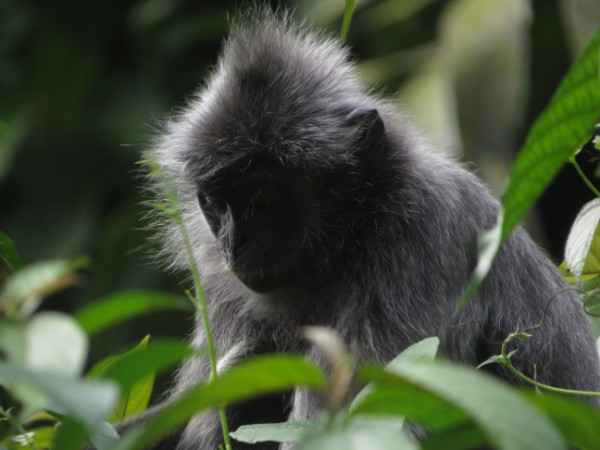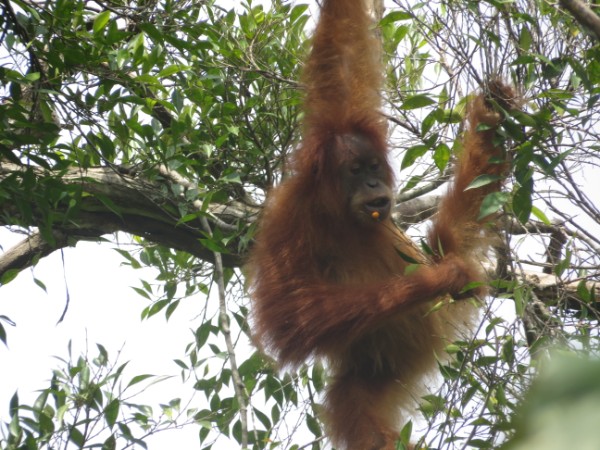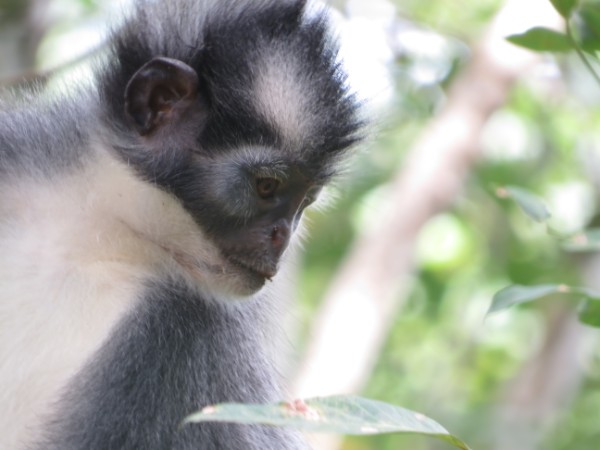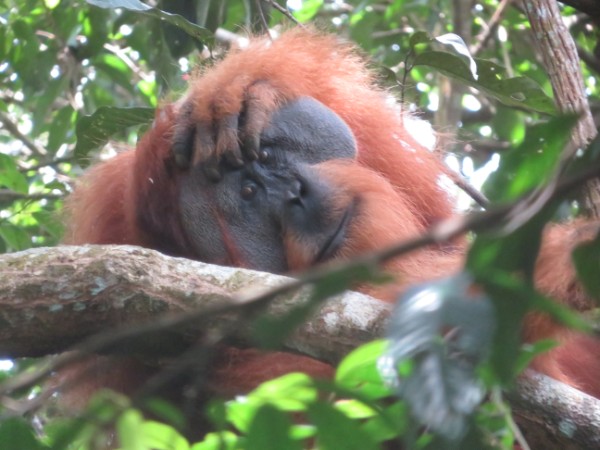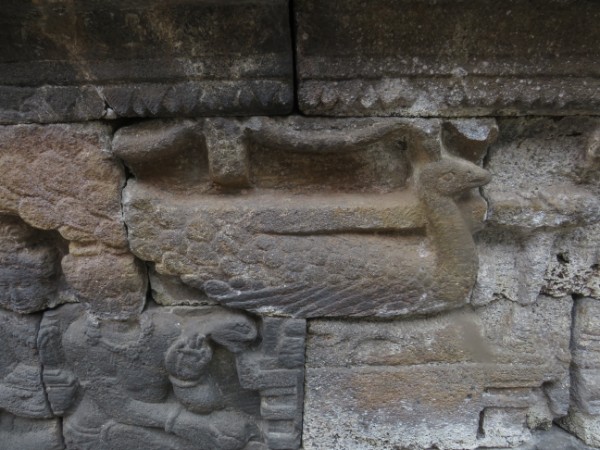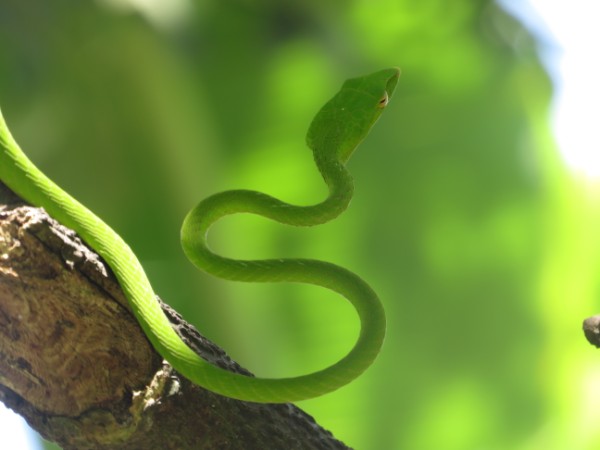April 1 – Insured
as I complete the morning ritual
of hanging the birdfeeders
I smile with relief –
today is our first day back in America
when illness might not ruin us

April 1 – Insured
as I complete the morning ritual
of hanging the birdfeeders
I smile with relief –
today is our first day back in America
when illness might not ruin us
The Good News (inspired by Thich Nhat Hanh)
Moon Creek will sing
whether we’re on the earth
or under it
the blue sky
will get bluer
without contrails
the twisted path that brought us here
today lets me make friendship offerings
to birds and foxes
whose bright beating hearts remind me
we’re not alone
my mother, planning for her death
in a place where I can’t hold her hand
smiles bravely, assures my sister and me
she’s lived her life of service
without regret
now there is so little left
in the way of importance
I sit on the side of the creek
while the snowy banks run to water
doing nothing
only being
only listening
when a mountain chickadee
who has heard nothing of the end of days
flits to a flat rock in the channel
then wades in
delightedly splashing clean cold water
all over her plump fluffed self
it takes a long time
for her to stop savoring the sensation
she jumps from one branch to the next
shaking all her feathers loose
bustling with the busy joy
of water sun and wind
and I am still here to see her
and you are still here to tell
For Chile we decided to stay in one location for a long time, and we chose the town of Puerto Varas, near the very beginning of Patagonia. We also took small trips to other locations, such as the island of Chiloe, and to Volcan Osorno. After our month there was over, we stopped in the north at Putre, a town in the Andes for several days, so we could take a trip into the nearby Parque Nacional Lauca, a hotspot for high Andean wildlife, such as vicuñas, flamingos, rheas, viscachas, and more, all seen here.

















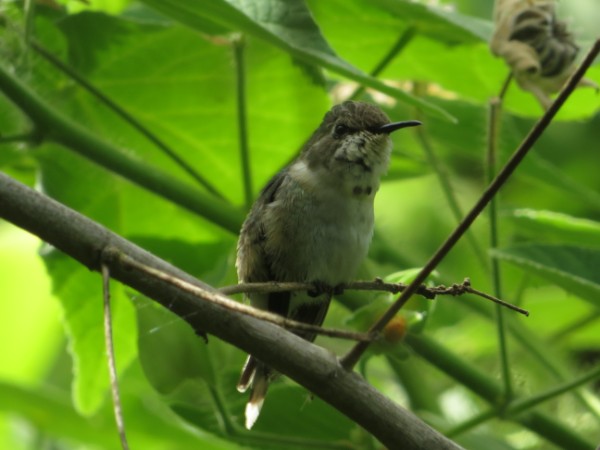






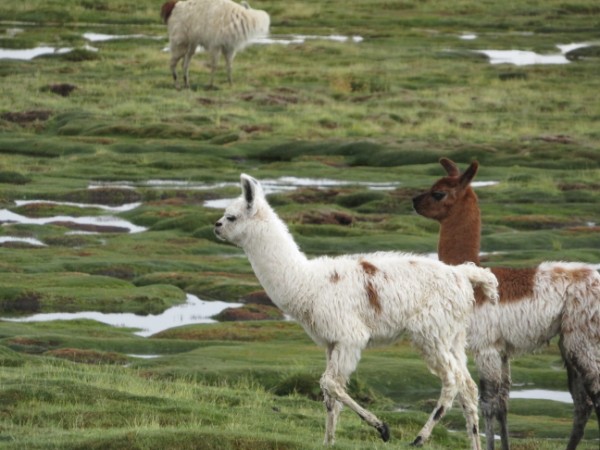























































getaway
the only distractions here
are mergansers gliding through
gold and black bands
trailing slashes
sometimes the hoarse hiccup of gull
or a loon’s two-pitched wail
a time to rest and be
but always the nagging thought
am I doing enough?
how can I move
like the trees around me
whose leaf buds burst quietly
unfurl effortlessly
make air without thought
do what the plan prompts
just flow in accordance with all
when the land was wild
había otra vez
in a thin country
bound by sea and spines
where ghost ships sailed
and sirens still sang
a race of tiny deer
the size of tomcats
with delicate antlers
spotted sides
and rounded bottoms
había otra vez
in the pure rushing waters
turquoise white and green
a cat of the river
half a man’s size
playful and inquisitive
its sensitive whiskers ever active
and its cheeks always stretched
into a grinning half smile
había otra vez
in the dark forest
where spiderwebs were like stairsteps
ascending into sky
an impossibly grand woodpecker
so brilliant when it landed
the alerce trees ignited
and it dripped sparks
across the beings of this country
of course
this was all in a different time
far younger than now
when the land was still wild
and the legends were true
now all we feel is absence
the cold shadow of loss
where warm flesh once was
One of our favorite places that we have been to, New Zealand was our next stop after Australia. Also known as “the land of birds” (because there are only two native land mammals, and the rest are birds) I couldn’t wait to get there because of the high proportion of endemics.










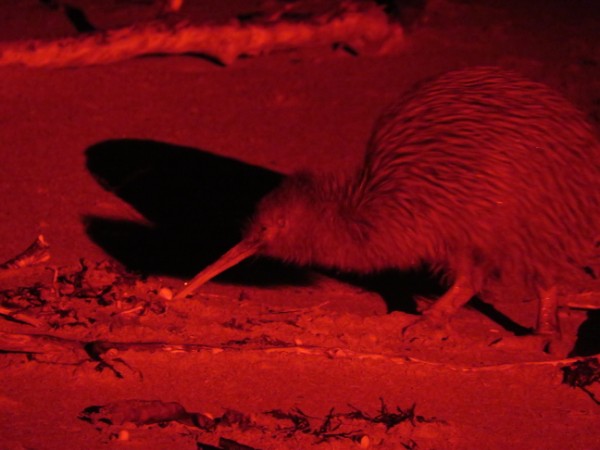
















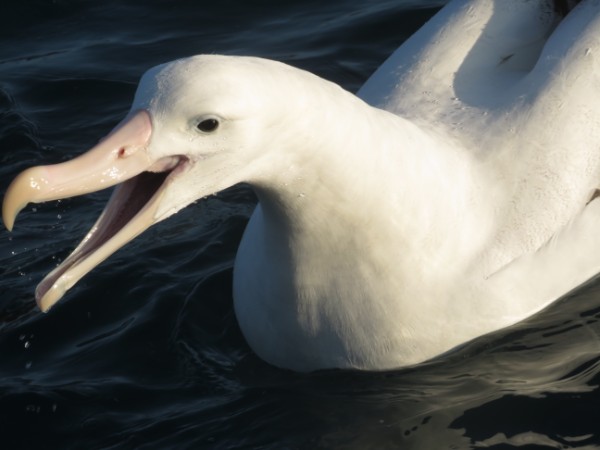




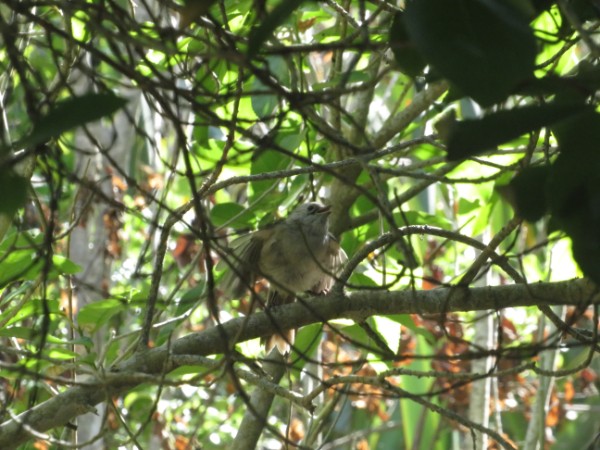




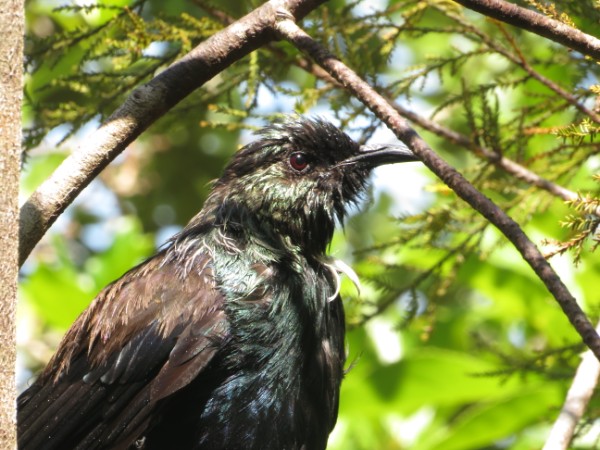








































After our stay in Papua New Guinea we flew to Cairns, Australia, and began our journey down the east coast to Melbourne. Along the way we saw many birds, such as cassowaries, cockatoos, lyrebirds, and more! We also got to see some of Australia’s most iconic mammals, such as koalas, platypuses, and echidnas. Here they are.


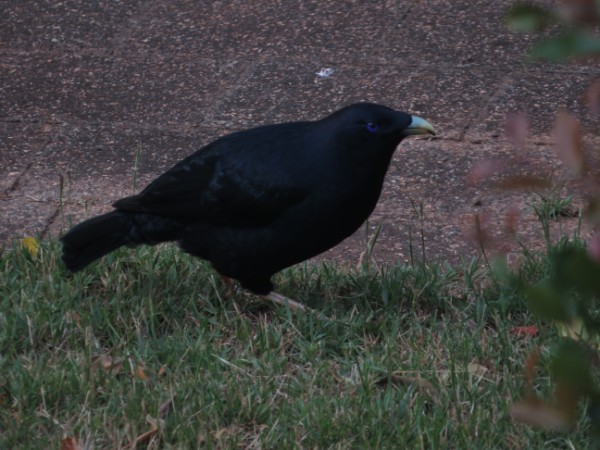









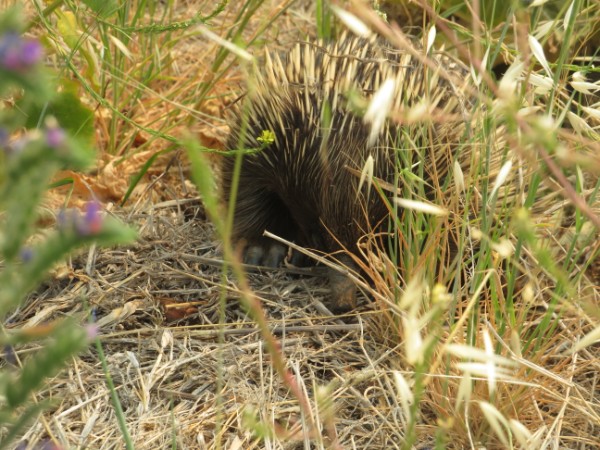








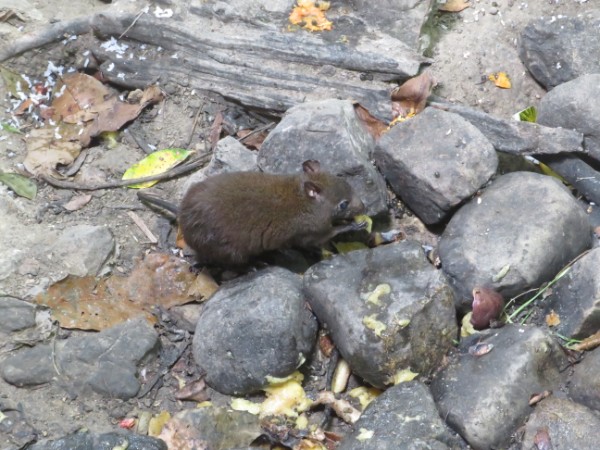




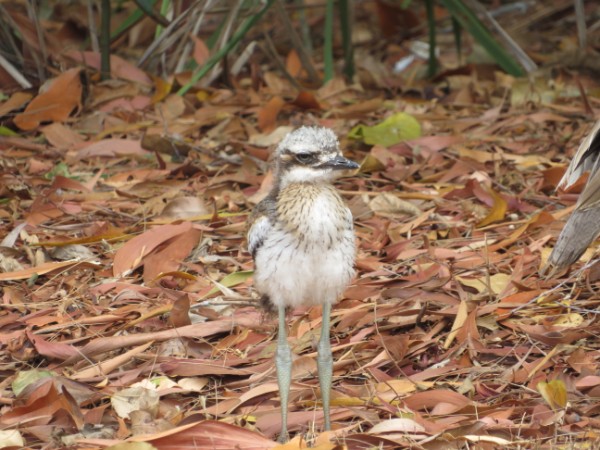





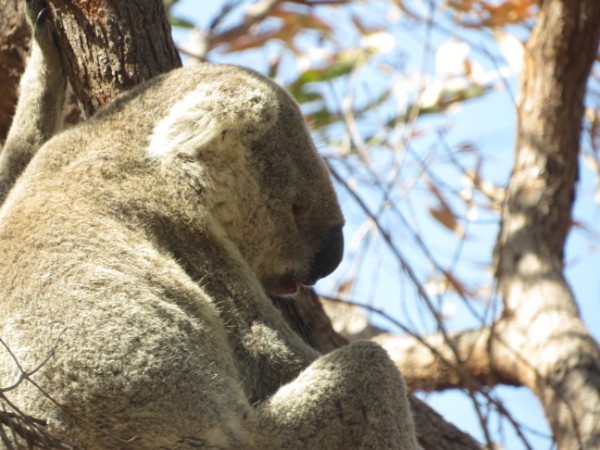
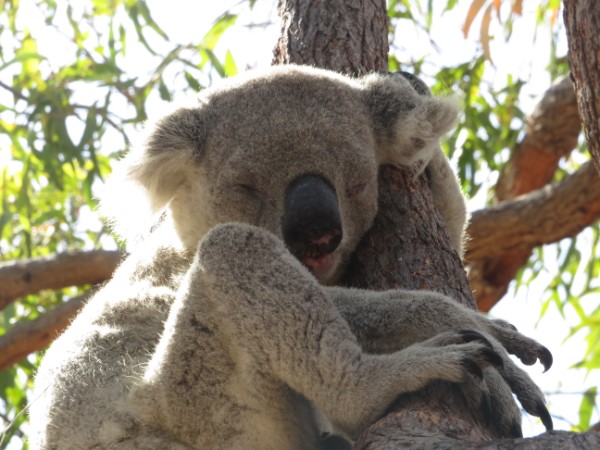
























































Our last stop in Indonesia was the province of Papua, on the island of New Guinea. We also went to Papua New Guinea, the country that covers the other half of the island. New Guinea is famous for having almost all of the birds-of-paradise (BoPs) (exceptions are two species in the Moluccas and two species in Australia)! Since I have been reading about the BoPs for almost my entire life I couldn’t wait to go there. Here are the pictures.









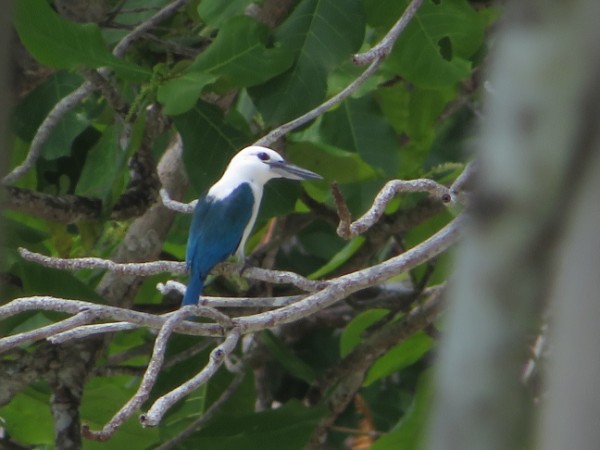



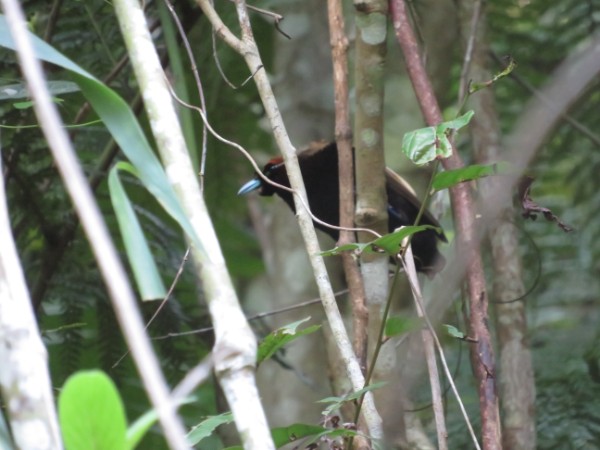








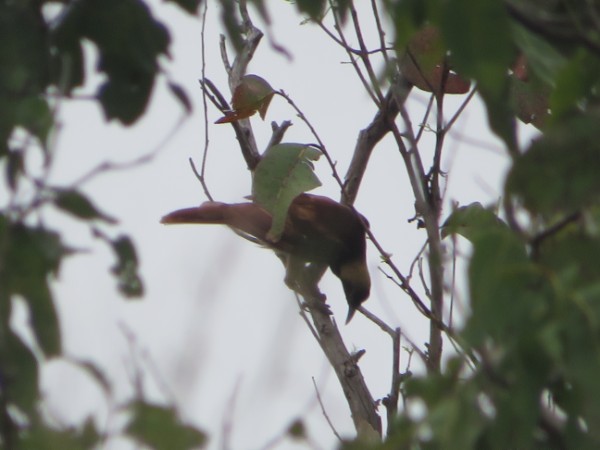





























































My previous post was comprised of us visiting Indonesia west of Wallace’s Line. Here I will display photos from Sulawesi, an island east of Wallace’s Line and west of Lydekker’s Line (the separation of wildlife from Sulawesi, Nusa Tenggara, and the Moluccas from New Guinea and Australia ). Sulawesi is known for its high proportion of endemism, especially in the birds, so a lot of the species shown here can be found nowhere else. I will also be posting photos from Singapore, where we stopped briefly before heading to Sulawesi. Also, many of the species I took photos of are rare and hard to see, so the photos will be of less quality because of the low light and fast-moving animals.

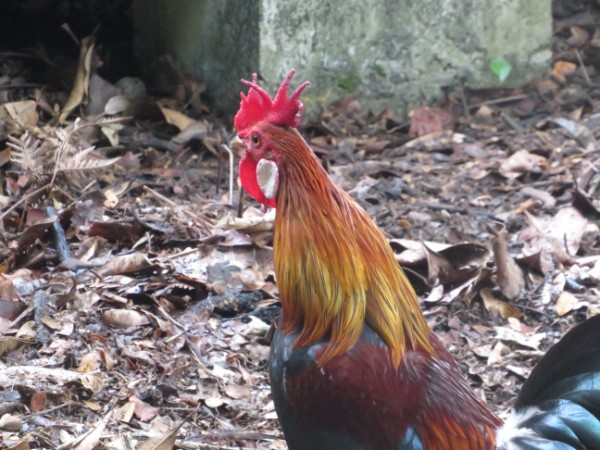






























































As you may know, Wallace’s Line is the line which (in terms of flora and fauna) separates Java, Bali, Sumatra, and Borneo and their outlying islands from Sulawesi, Nusa Tenggara, Timor, and the Moluccas. West of the line we visited Sumatra, Java, and Bali. Here are photos from that segment of our trip.
